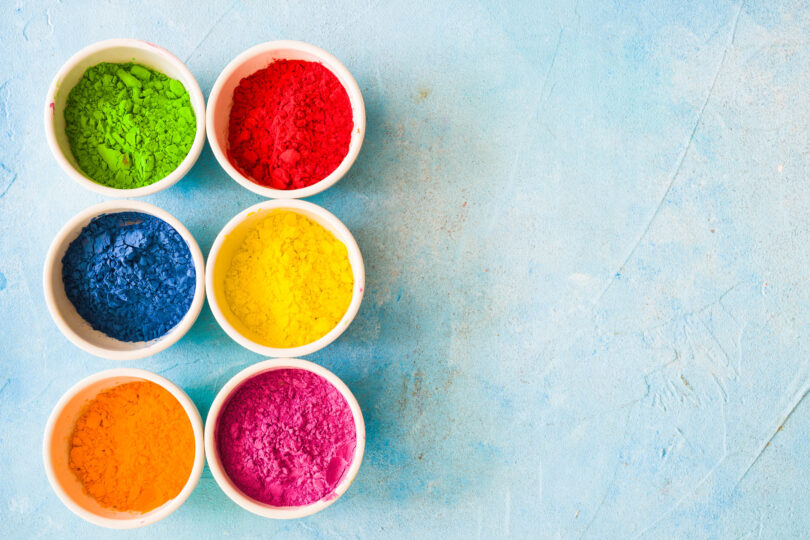Natural and Artificial Colors: Which is the Best Option?
When it comes to making candy, one of the most important aspects to consider is the type of coloring used. Colors add life, visual appeal, and personality to confections, but choosing between natural and artificial colors is crucial. In this article, we'll explore the difference between the two types and help you understand which may be the best option for your brand of candy.
Natural dyes:
Natural colors are derived from natural sources such as fruits, vegetables, spices, and other plant-based ingredients. These dyes are obtained through extraction or distillation processes, without the addition of synthetic chemicals. Some common examples of natural colors are red beets, saffron, carrot juice, spirulina, and turmeric.
Advantages of Natural Dyes:
Healthy Ingredients: Natural dyes are often healthier, as they do not contain synthetic additives or harmful chemicals.
Consumer Acceptance: Consumers are increasingly concerned about artificial ingredients in food. Using natural colors can build trust and preference from customers.
Clean Labeling: Natural colors allow for cleaner labeling as they can be easily identified and are not associated with the perceived risks of artificial colors.
Challenges of Natural Colorants:
Color Stability: Some natural colorants may be less stable than artificial ones, which may lead to a gradual loss of color intensity over the life of the product.
Availability and cost: Natural colors can be more difficult to obtain and may be more expensive than artificial colors.
Artificial Colors:
Artificial colors, on the other hand, are chemically synthesized in laboratories and are not derived from natural sources. These colors are designed to be bright, intense and stable in food applications. Some common examples of artificial colors are Yellow 5 (Tartrazine), Red 40 (Allura Red), Blue 1 (Bright Blue FCF), and Green 3 (Fast Green FCF).
Advantages of Artificial Colors:
Color stability: Artificial colors are usually more stable and can maintain their color intensity for longer periods.
Variety of shades: Artificial colors offer a wide range of vibrant shades and colors, allowing for more creativity in candy making.
Challenges of Artificial Colors:
Health Concerns: Some artificial colors have been associated with health problems, including allergies, hyperactivity in children, and possible carcinogenic effects.
Market Demands: Consumers are becoming more informed and prefer to avoid artificial additives in food. This may affect the acceptance and demand for confections with artificial colors.
Ultimately, the choice between natural and artificial colors will depend on your brand values, consumer preferences, and local regulations. If your brand focuses on natural and healthy ingredients, natural colorants may be the best option. However, if you are looking for vibrant colors and color stability, artificial colors may be more suitable.
It is important to note that the food industry is constantly evolving, and new natural colors and alternatives to artificial colors are being developed. Keep up to date with trends and look for options that allow you to offer attractive and quality sweets, meeting the preferences and demands of your consumers.
Always remember to check the regulations and legal requirements in your country before selecting and using any type of colorant in the manufacture of sweets.
In conclusion, the choice between natural and artificial colors in the manufacture of sweets is a key aspect for your brand. Carefully consider the benefits and challenges of each colorant type and make an informed decision that aligns with your brand values and consumer preferences.
Image: Image by aleksandarlittlewolf and Freepik

